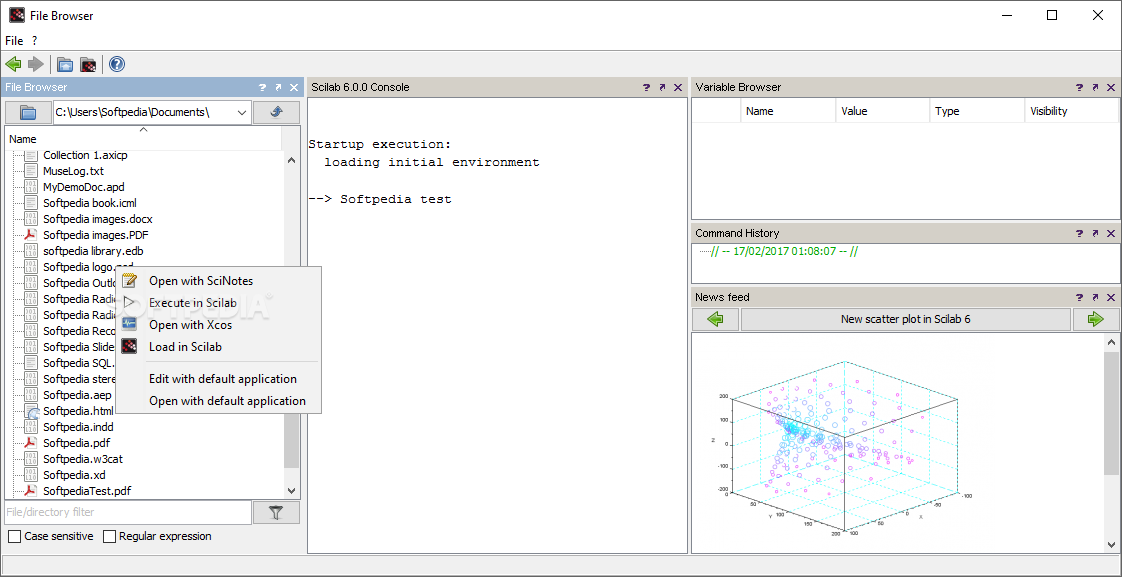
If a single slave device is used, the SS pin may be fixed to logic low if the slave permits it. The SPI bus can operate with a single master device and with one or more slave devices. SS, SS, SSEL, NSS, /SS, SS# (slave select).SDI, DI, DIN, SI - on master devices connects to MISO on slave, or to above connections.SDO, DO, DOUT, SO - on slave devices connects to MISO on master, or to below connections.SOMI, MRST - correspond to MISO on both master and slave devices, connects to each other.SDO, DO, DOUT, SO - on master devices connects to MOSI on slave, or to above connections.SDI, DI, DIN, SI - on slave devices connects to MOSI on master, or to below connections.SIMO, MTSR - correspond to MOSI on both master and slave devices, connects to each other.Many products can have nonstandard SPI pin names: The signal names above can be used to label both the master and slave device pins as well as the signal lines between them in an unambiguous way, and are the most common in modern products. Note: on a slave-only device, MOSI may be labeled as SDI (Serial Data In) and MISO may be labeled as SDO (Serial Data Out) Slave Select has the same functionality as chip select and is used instead of an addressing concept.

MISO on a master connects to MISO on a slave. MOSI on a master connects to MOSI on a slave. CS /SS: Chip/Slave Select (often active low, output from master to indicate that data is being sent).MISO: Master In Slave Out (data output from slave).MOSI: Master Out Slave In (data output from master).SCLK: Serial Clock (output from master).The SPI bus specifies four logic signals: Single master to single slave: basic SPI bus example For any given transaction SPI is one master and multi slave communication. The SSI protocol employs differential signaling and provides only a single simplex communication channel. The SPI may be accurately described as a synchronous serial interface, but it is different from the Synchronous Serial Interface (SSI) protocol, which is also a four-wire synchronous serial communication protocol.


Sometimes SPI is called a four-wire serial bus, contrasting with three-, two-, and one-wire serial buses. Multiple slave-devices may be supported through selection with individual chip select (CS), sometimes called slave select (SS) lines. The master (controller) device originates the frame for reading and writing.
#Scilab read serial port full#
SPI devices communicate in full duplex mode using a master–slave architecture usually with a single master (though some Atmel and Silabs devices support changing roles on the fly depending on an external (SS) pin). Typical applications include Secure Digital cards and liquid crystal displays. The interface was developed by Motorola in the mid-1980s and has become a de facto standard. The Serial Peripheral Interface ( SPI) is a synchronous serial communication interface specification used for short-distance communication, primarily in embedded systems. This article may need to be rewritten to comply with Wikipedia's quality standards, as it reads like a guide or textbook.


 0 kommentar(er)
0 kommentar(er)
